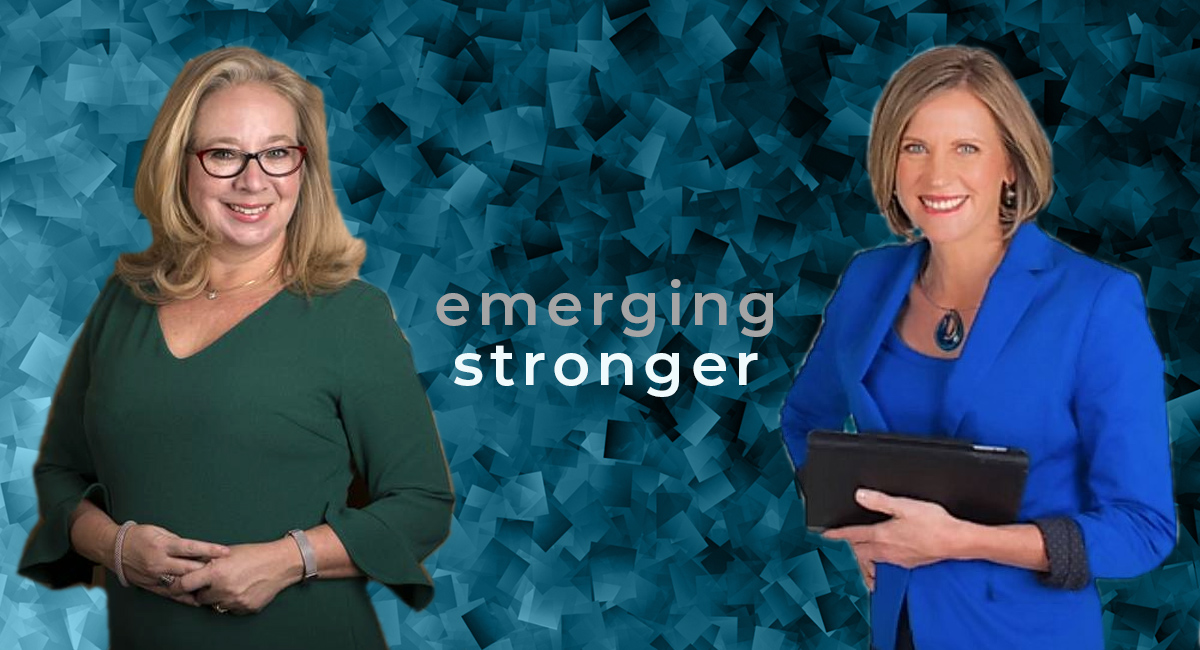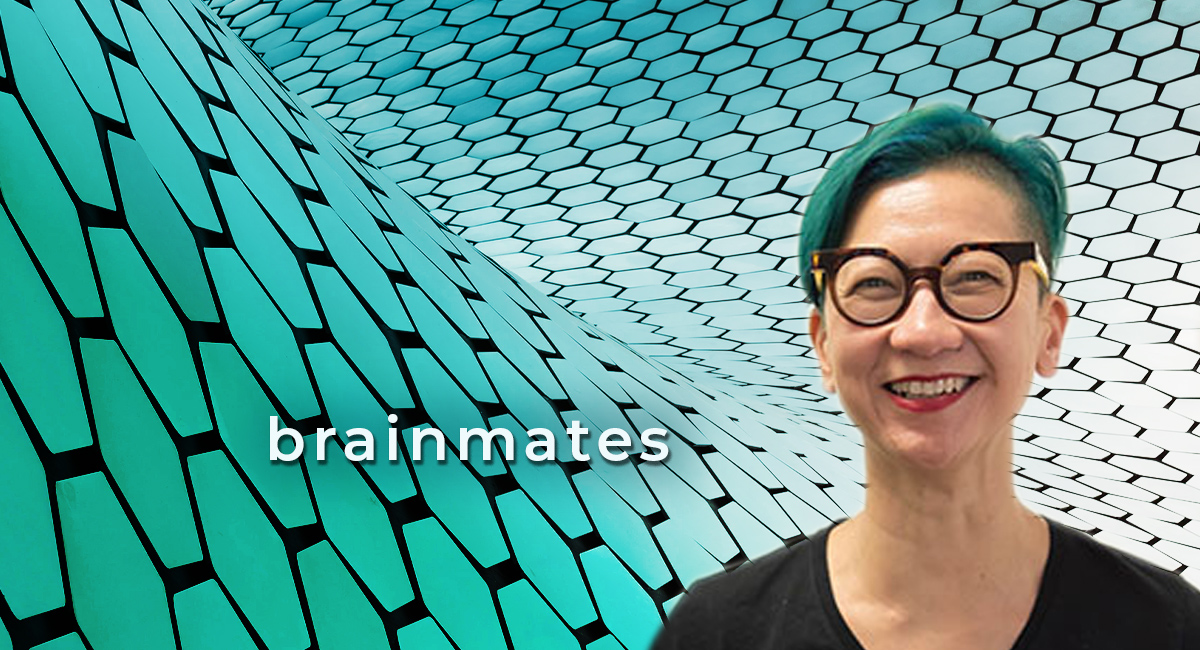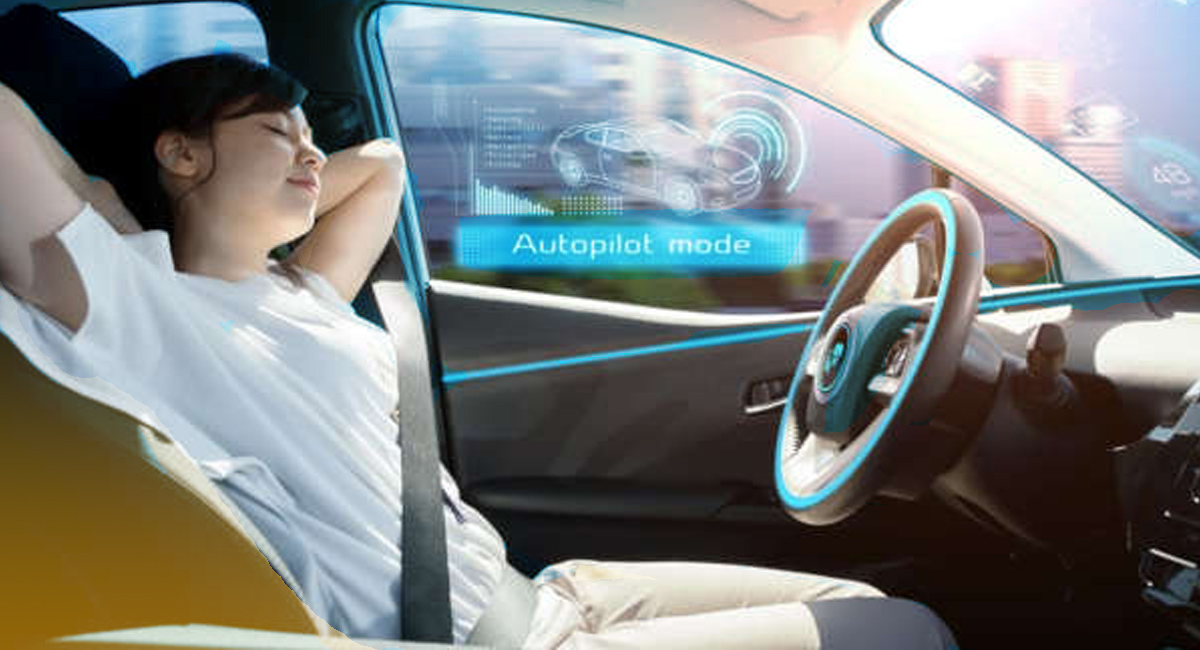
 0 saved
0 saved
 22.4K views
22.4K views








"Design Thinking is a human-centred approach to innovation that draws from the designer's toolkit to integrate the needs of people, the possibilities of technology, and the requirements for business success."
- Tim Brown, IDEO.
This quote is a reminder of the traditionally disparate threads that Design Thinking weaves together in providing an approach, toolkit and process for innovation. In terms of approach, we find it useful to focus on four key elements:
- Leading with empathy to challenge and reframe the problem.
- Co-design, bringing together key stakeholders, specialists and the audience groups themselves.
- Failing fast, through quick prototyping and feedback loops.
- Designing for end-to-end experiences rather than just one-off events.
That said, here are some of the models we use in our Human-Centred Innovation approach. Some are predictable and common ones, but there are also a couple of less traditional inclusions.
As always, please click on each for more practical techniques and examples of how to use them. And join up as a member to save them to your personal Latticework and use our Learn function to embed them into memory.
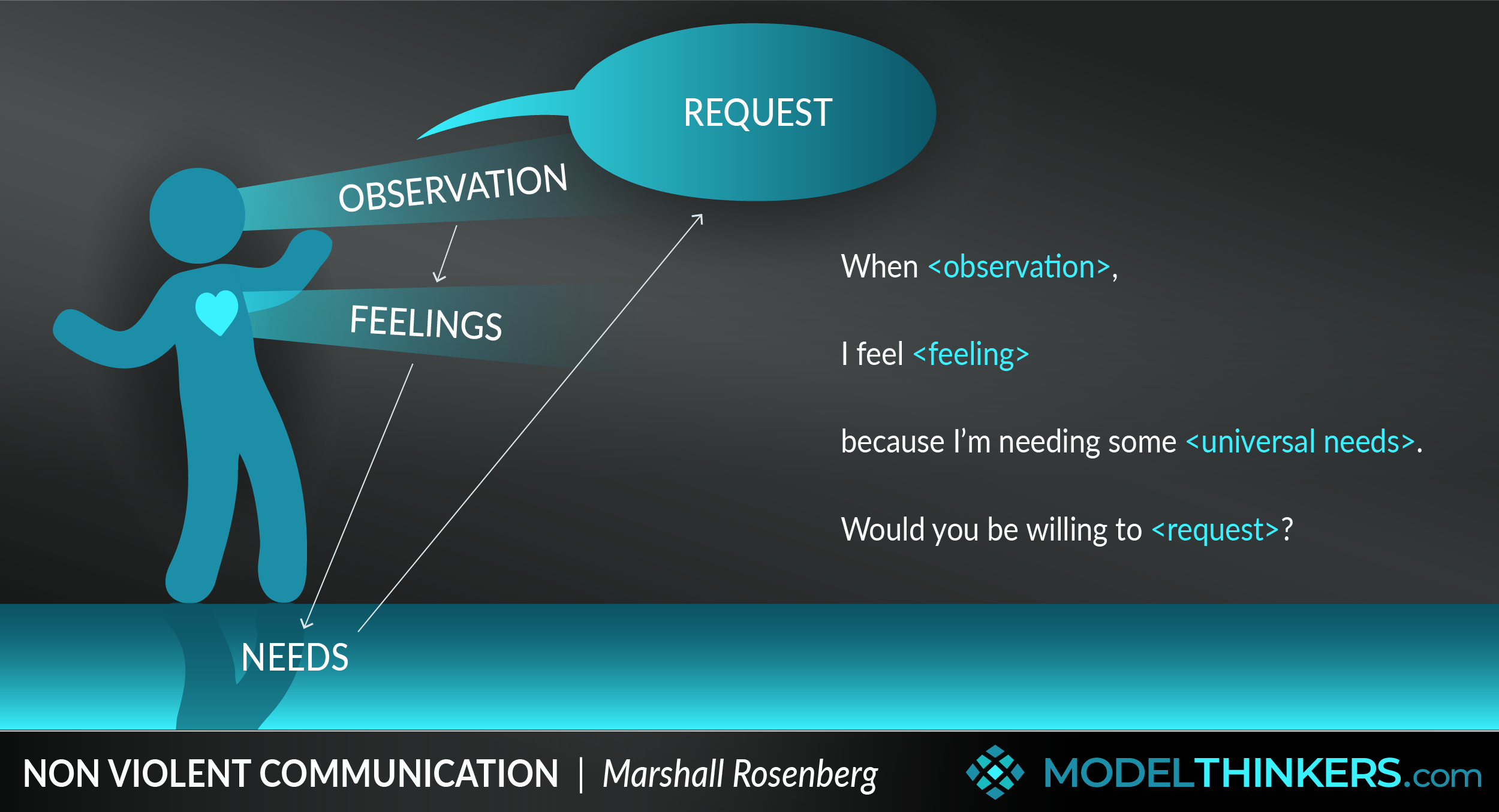
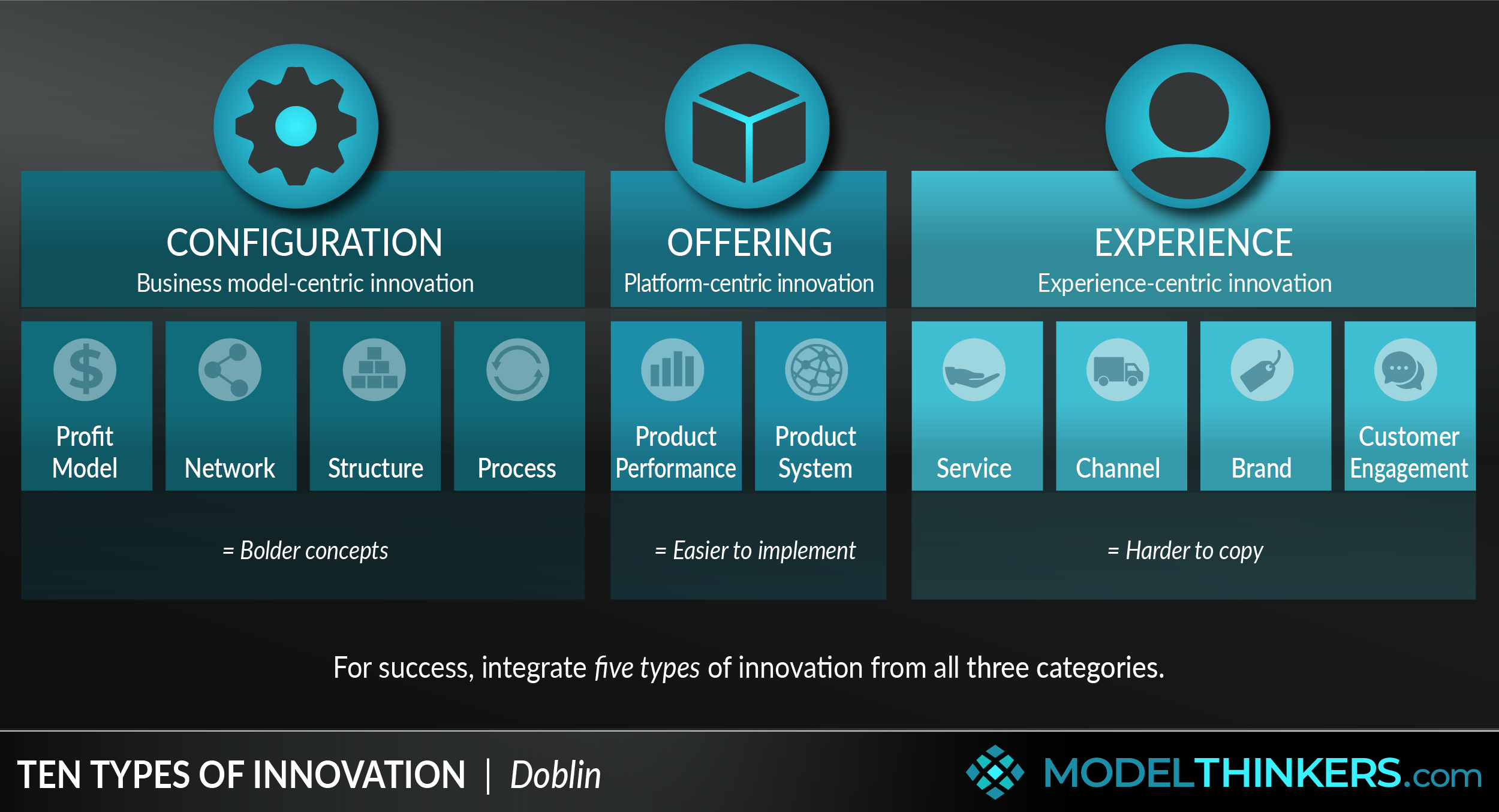
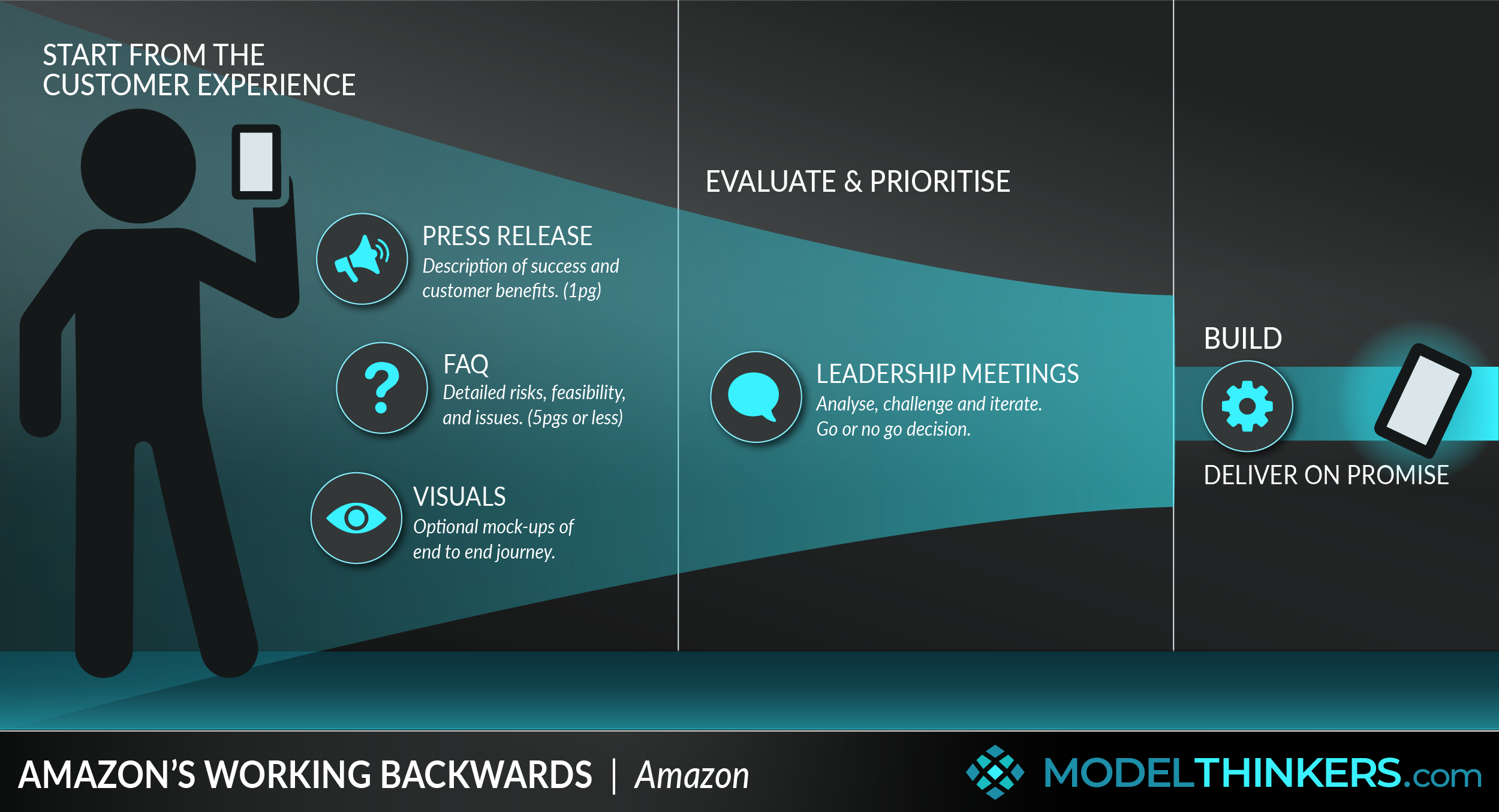
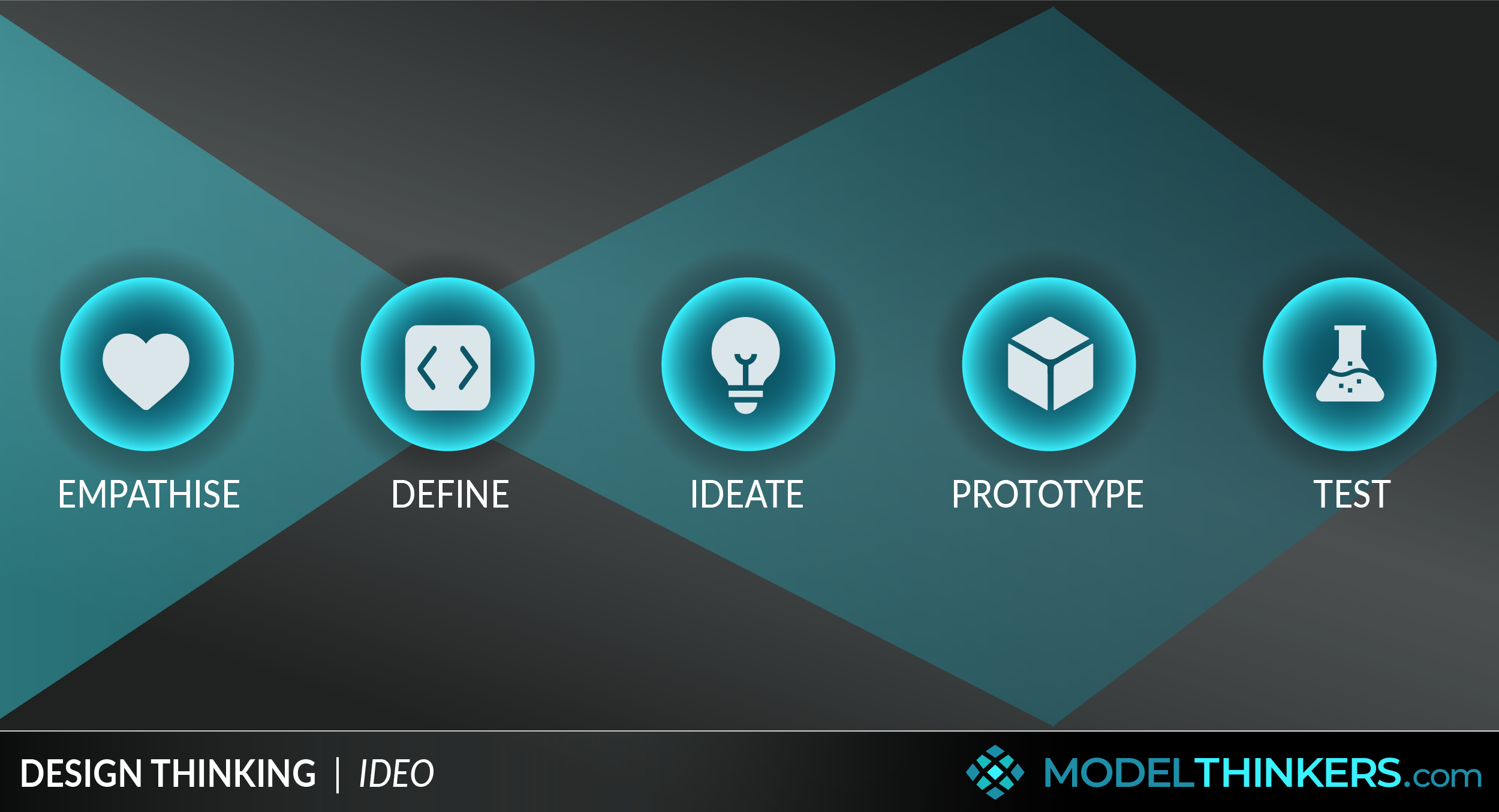
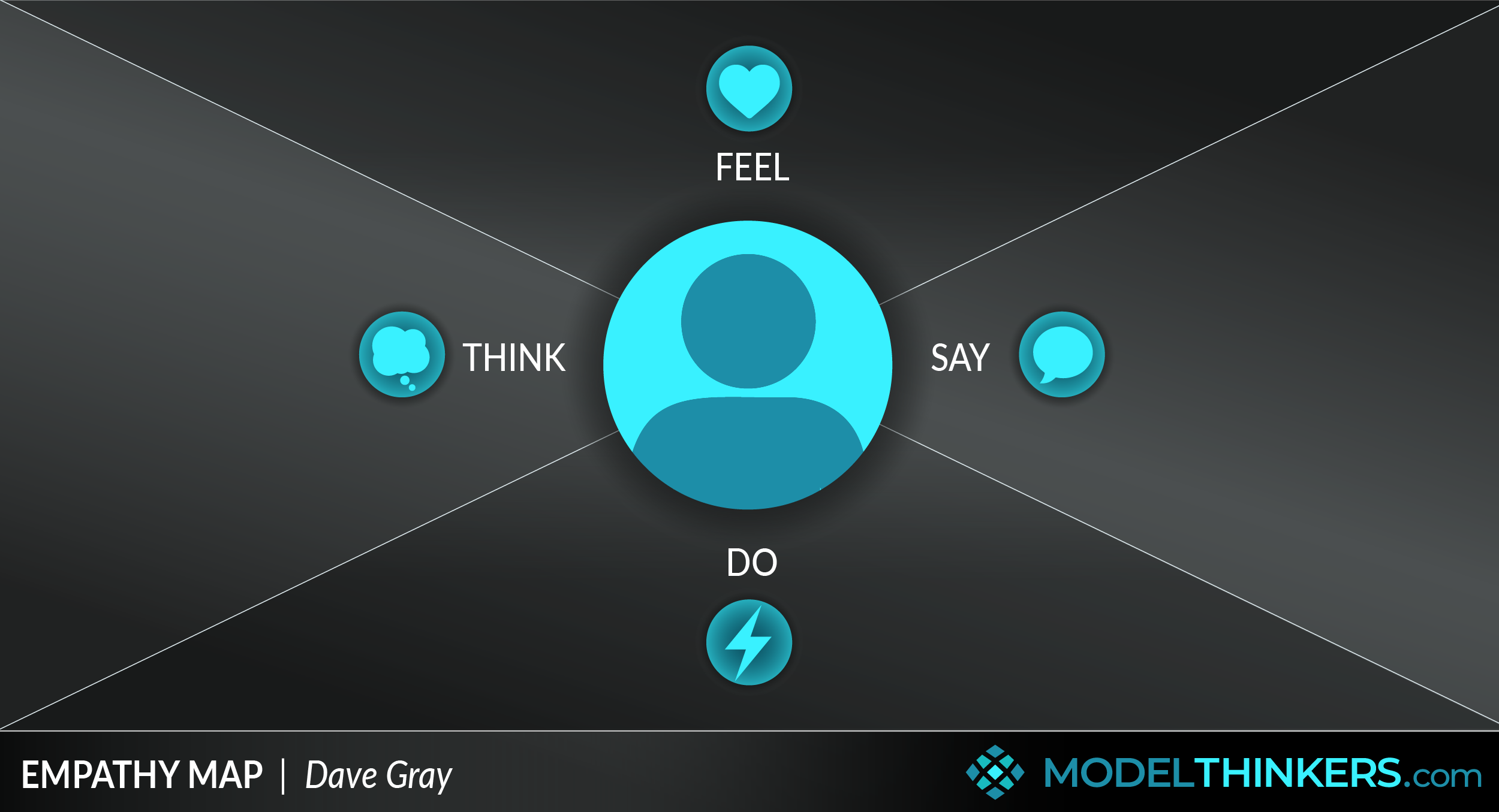
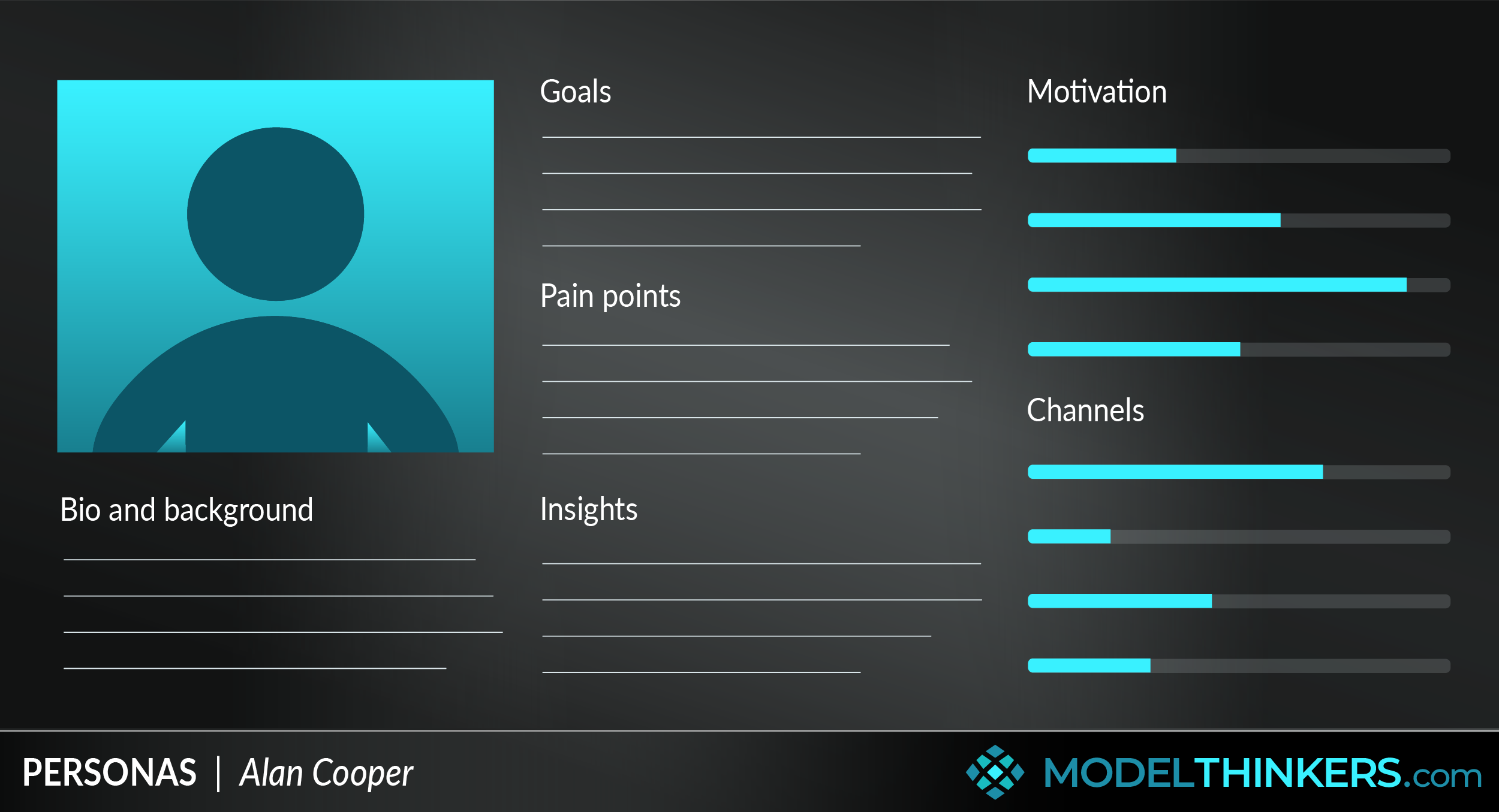
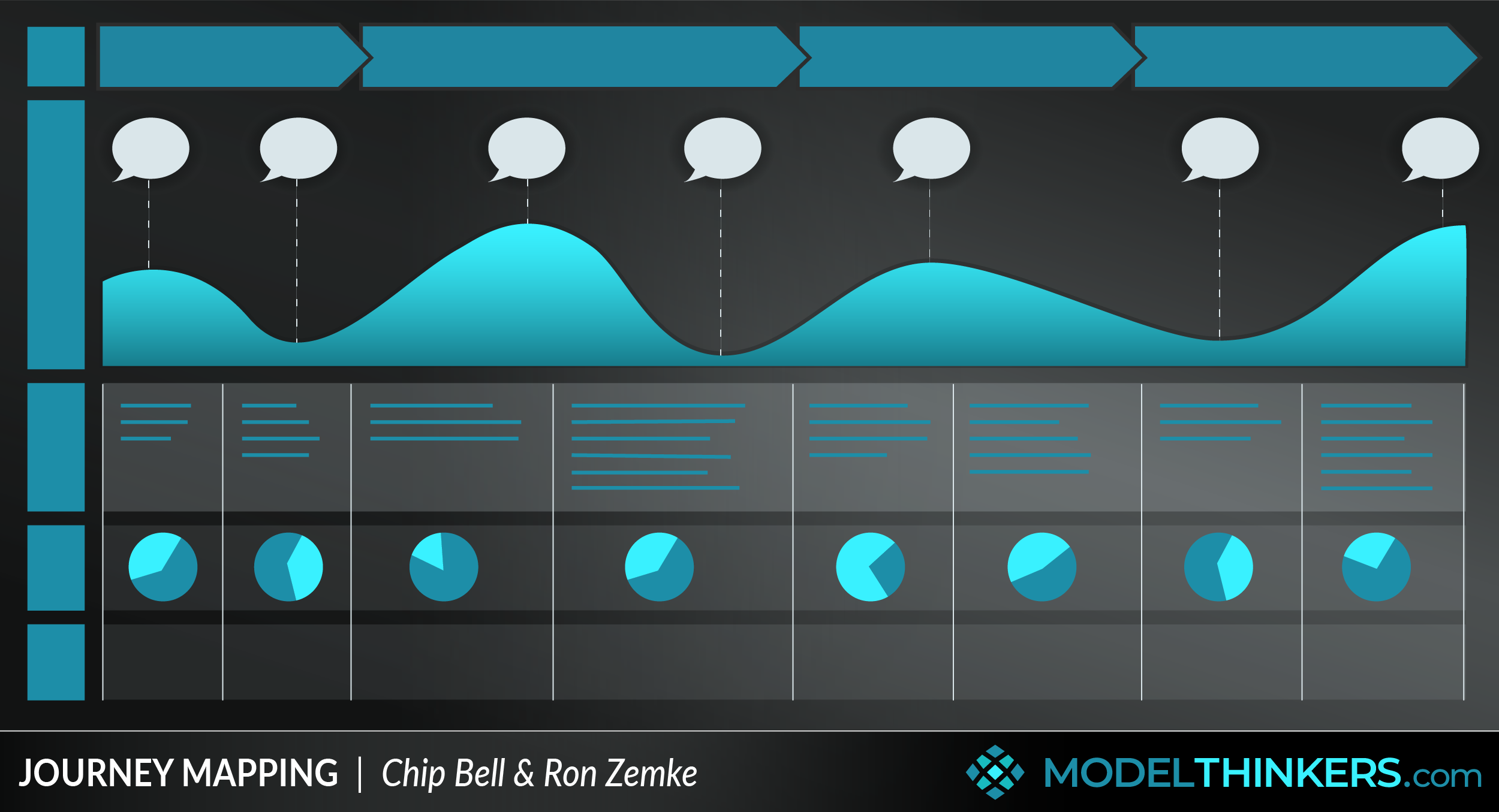
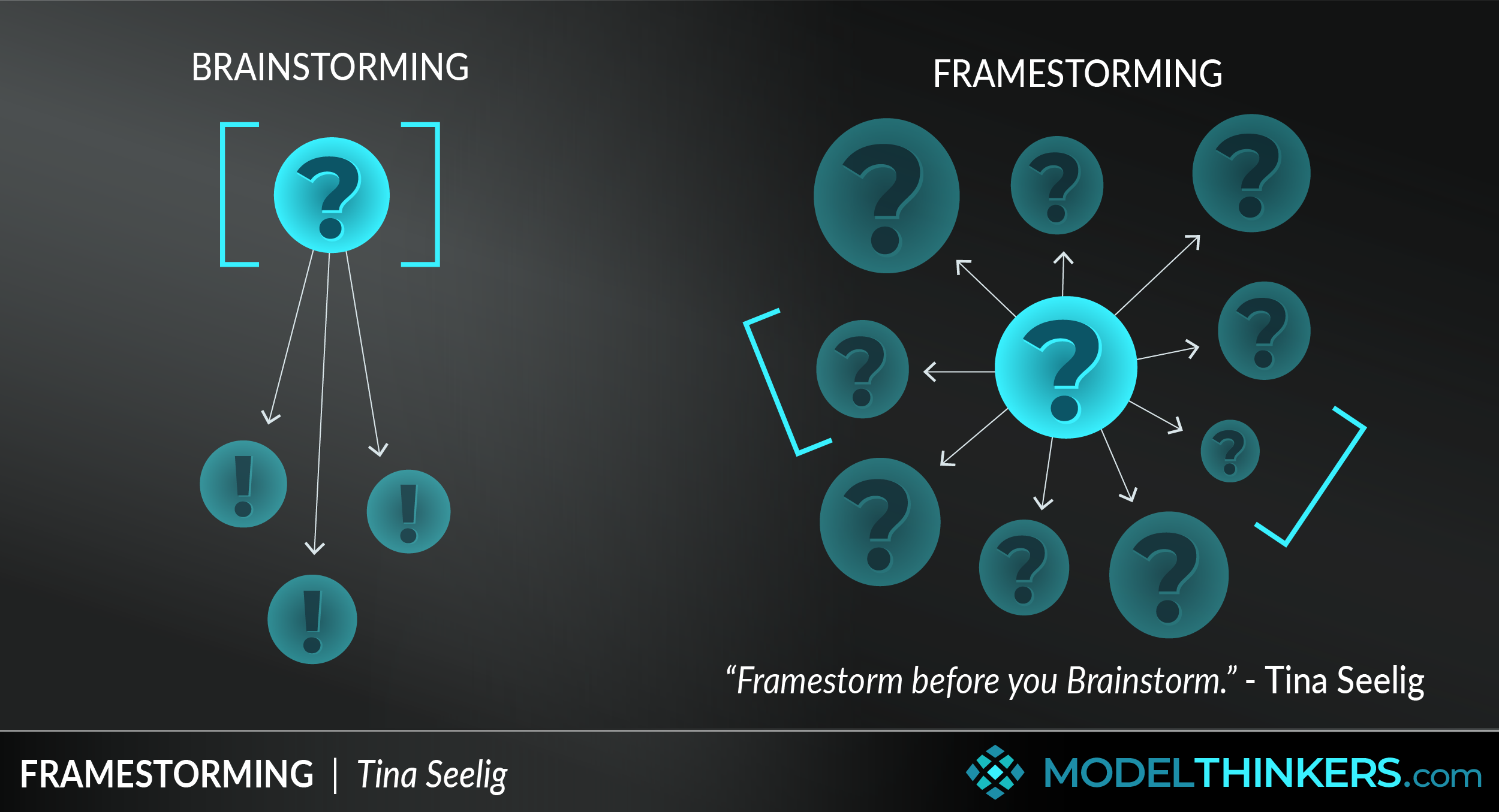
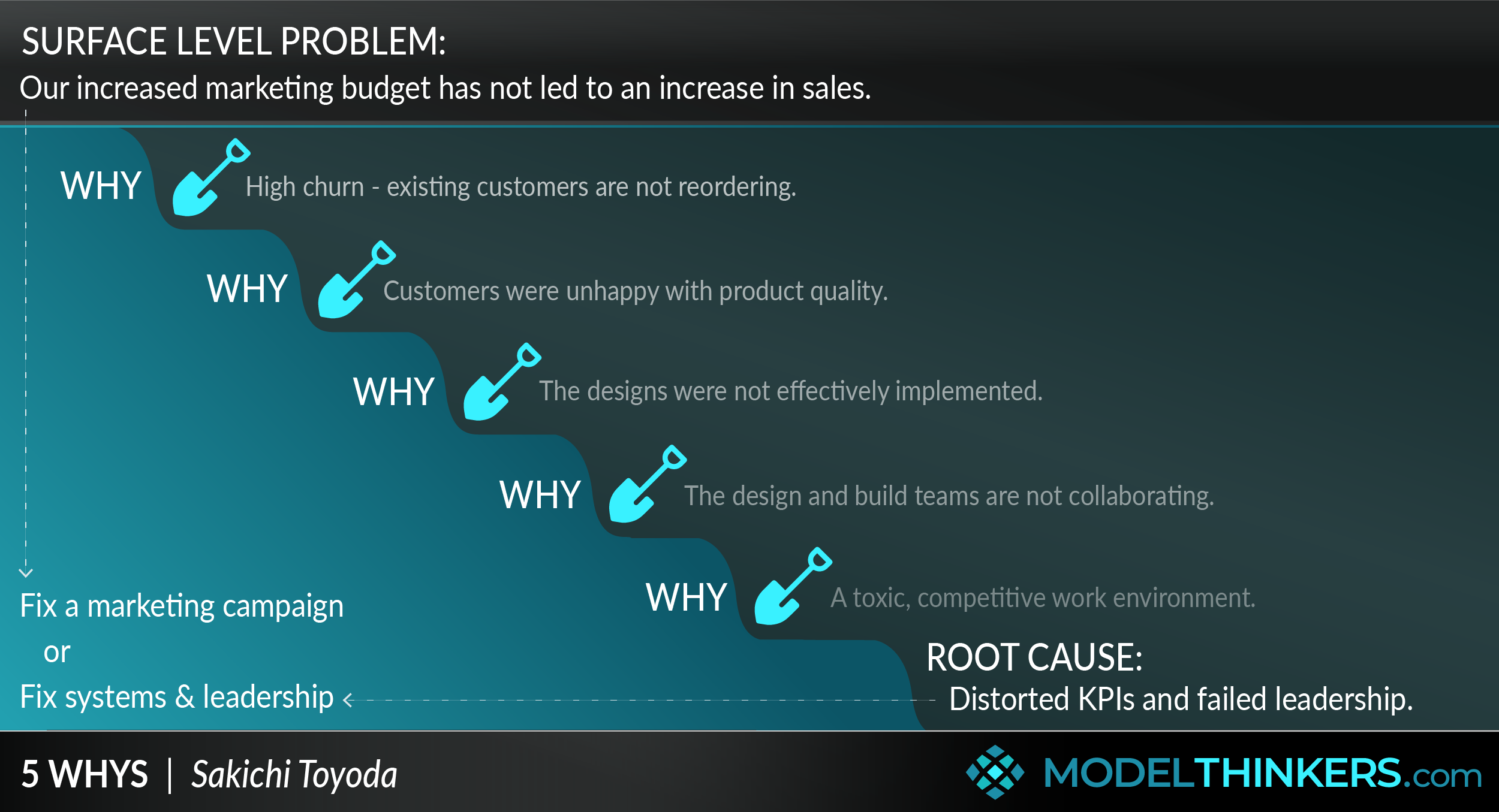
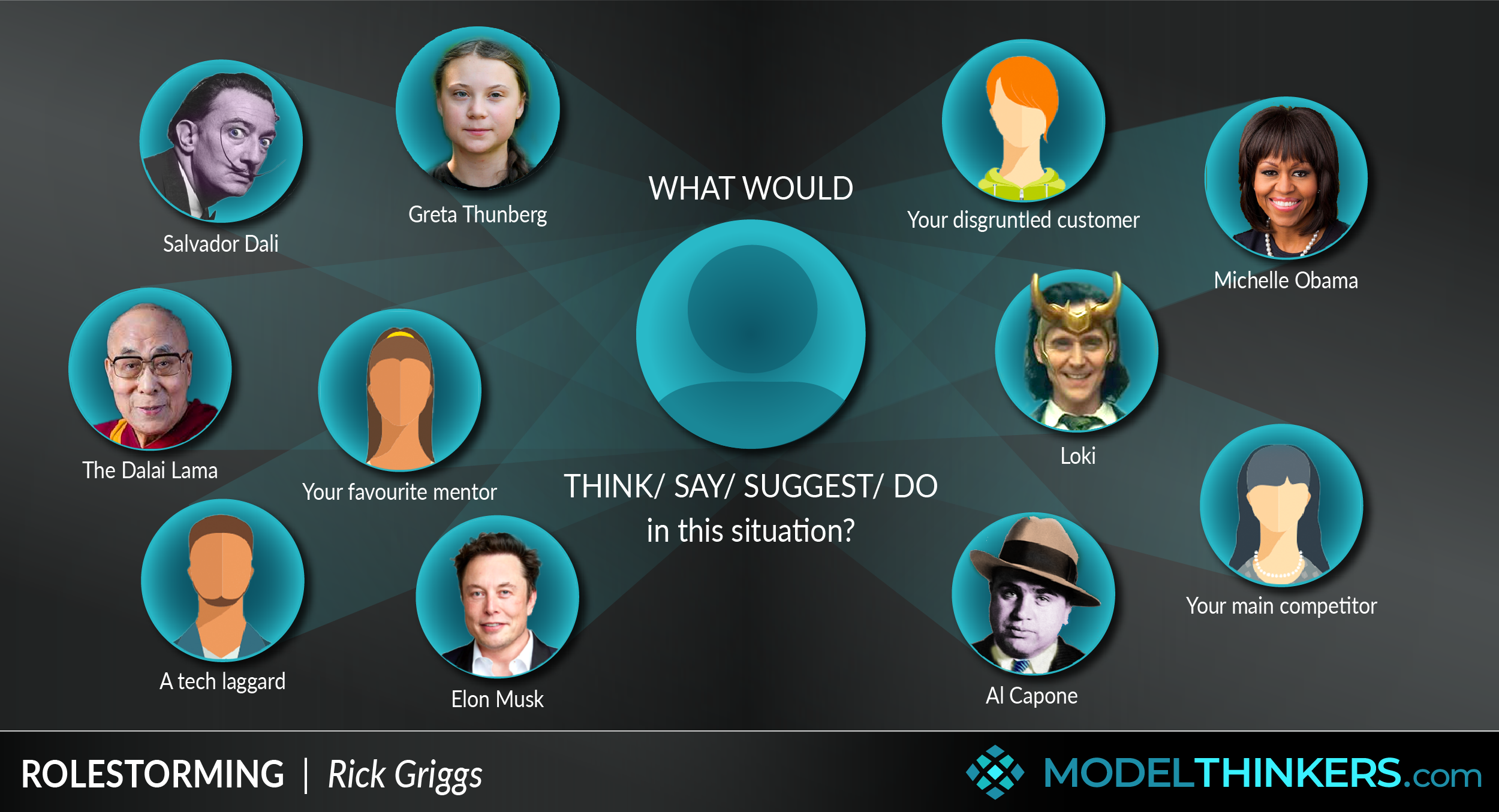
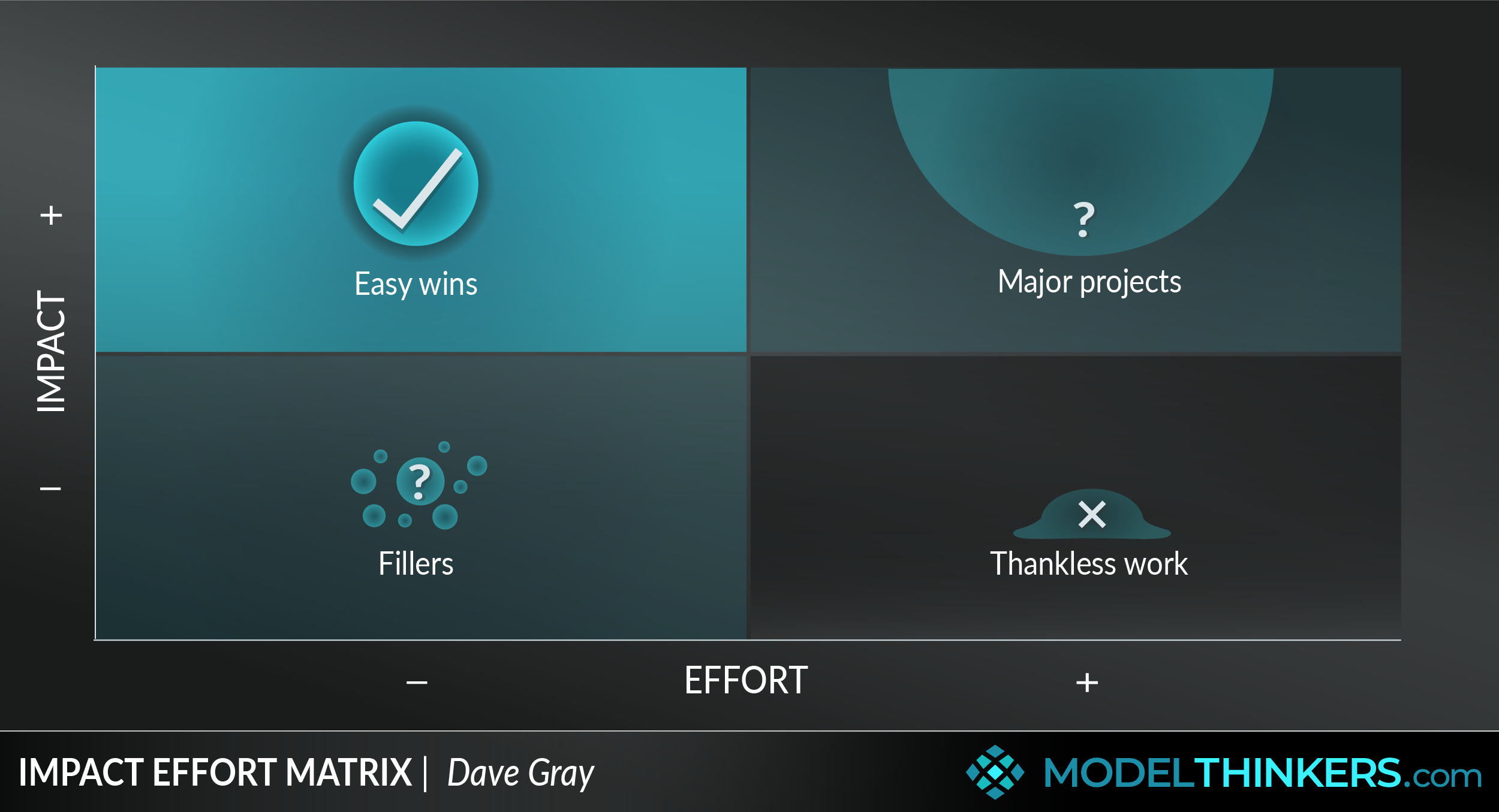
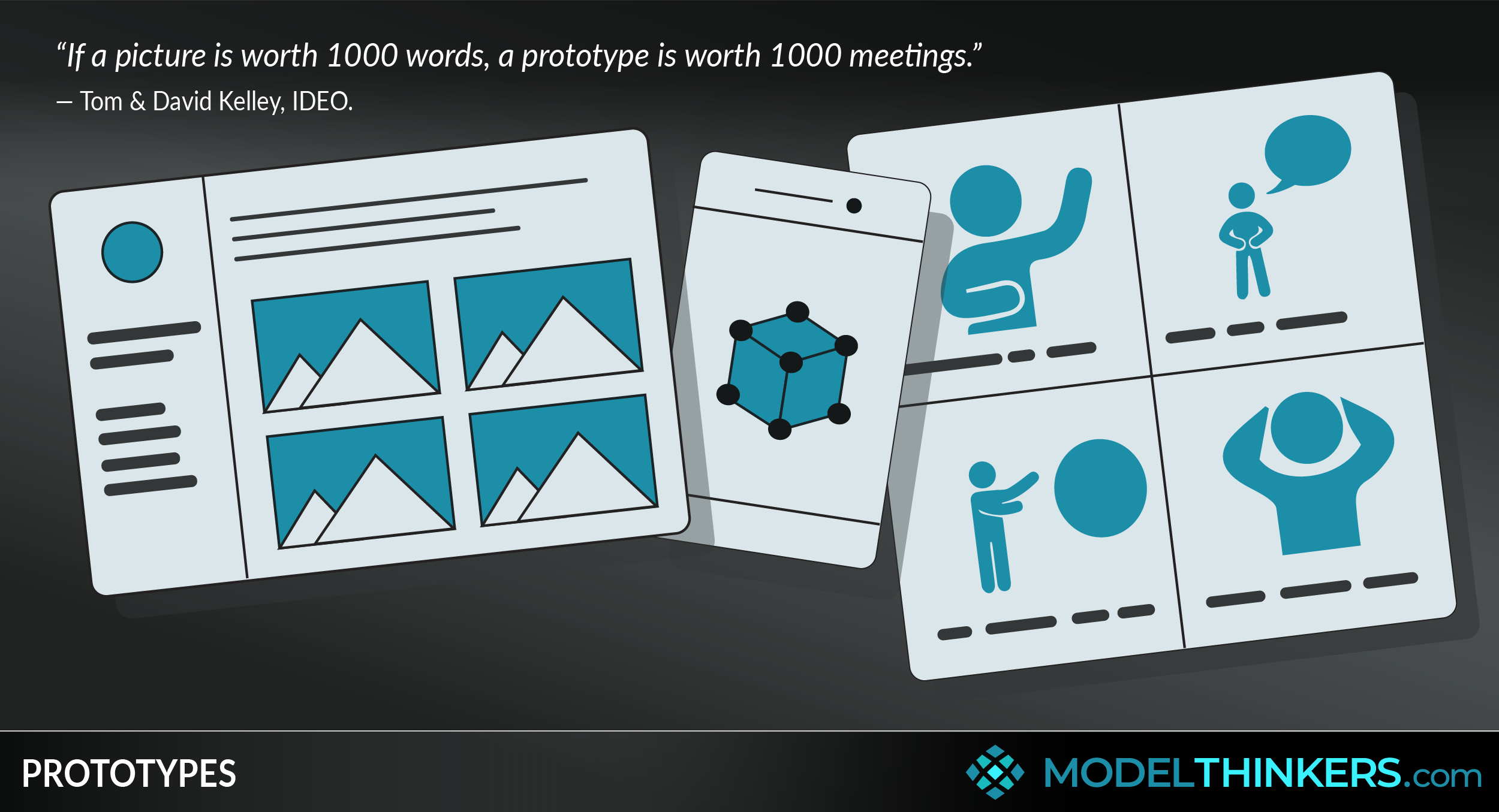

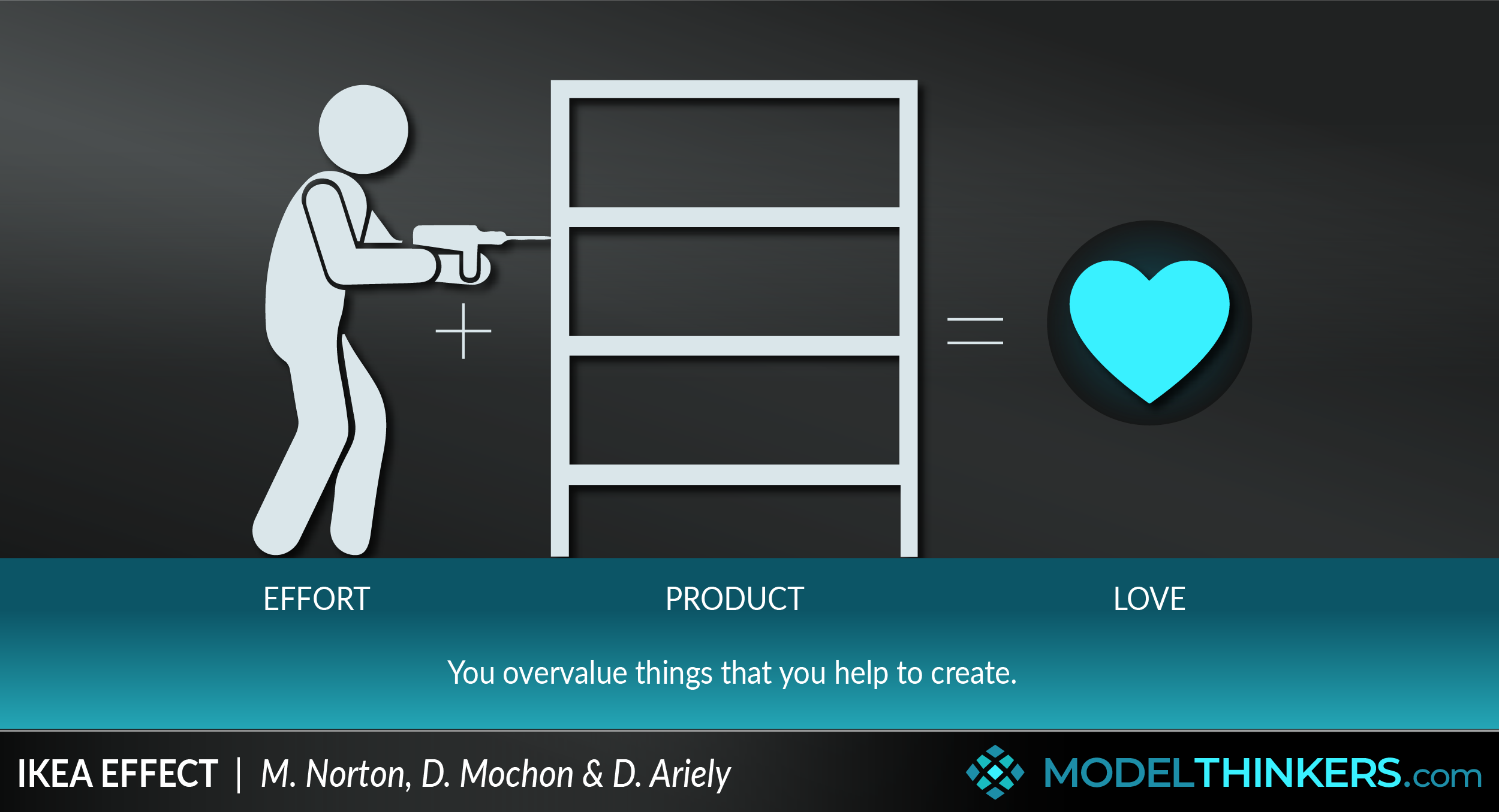
Premium content
Please do login or sign up to see premium contect
Subscription expired!
Please renew your subscription to access this feature.
 My Notes
My Notes
